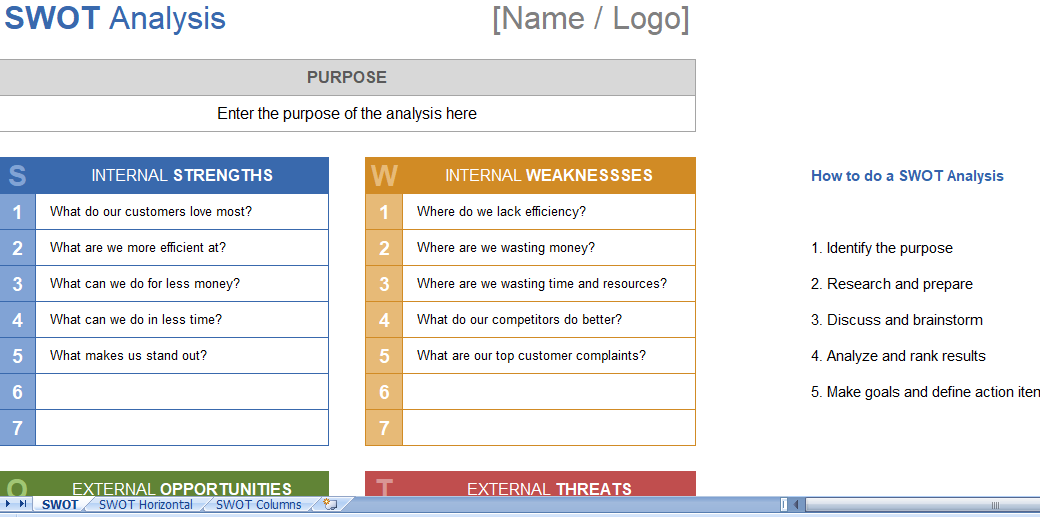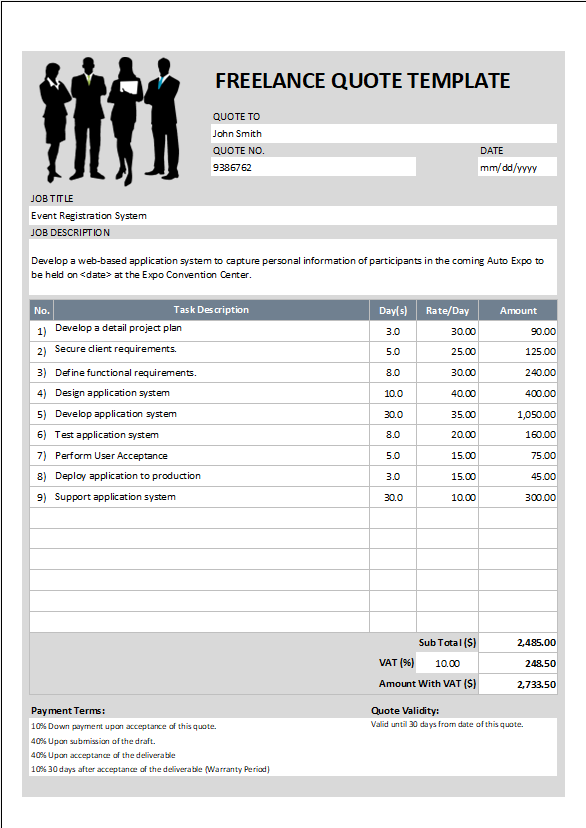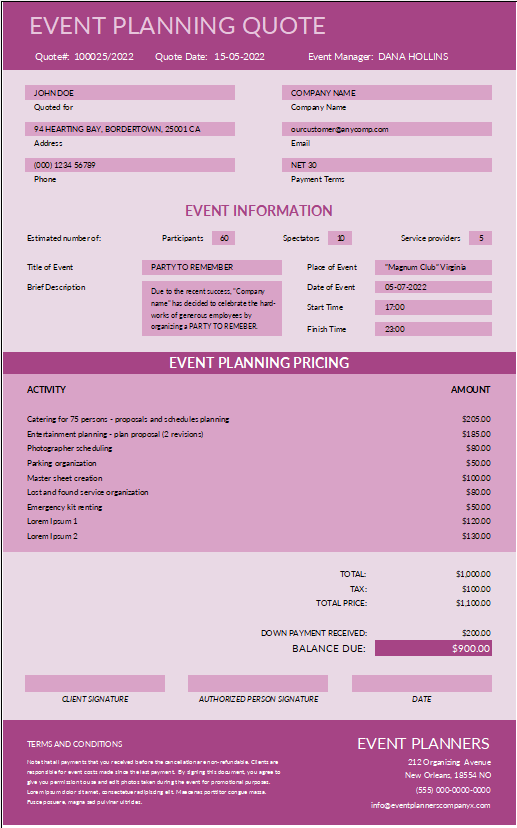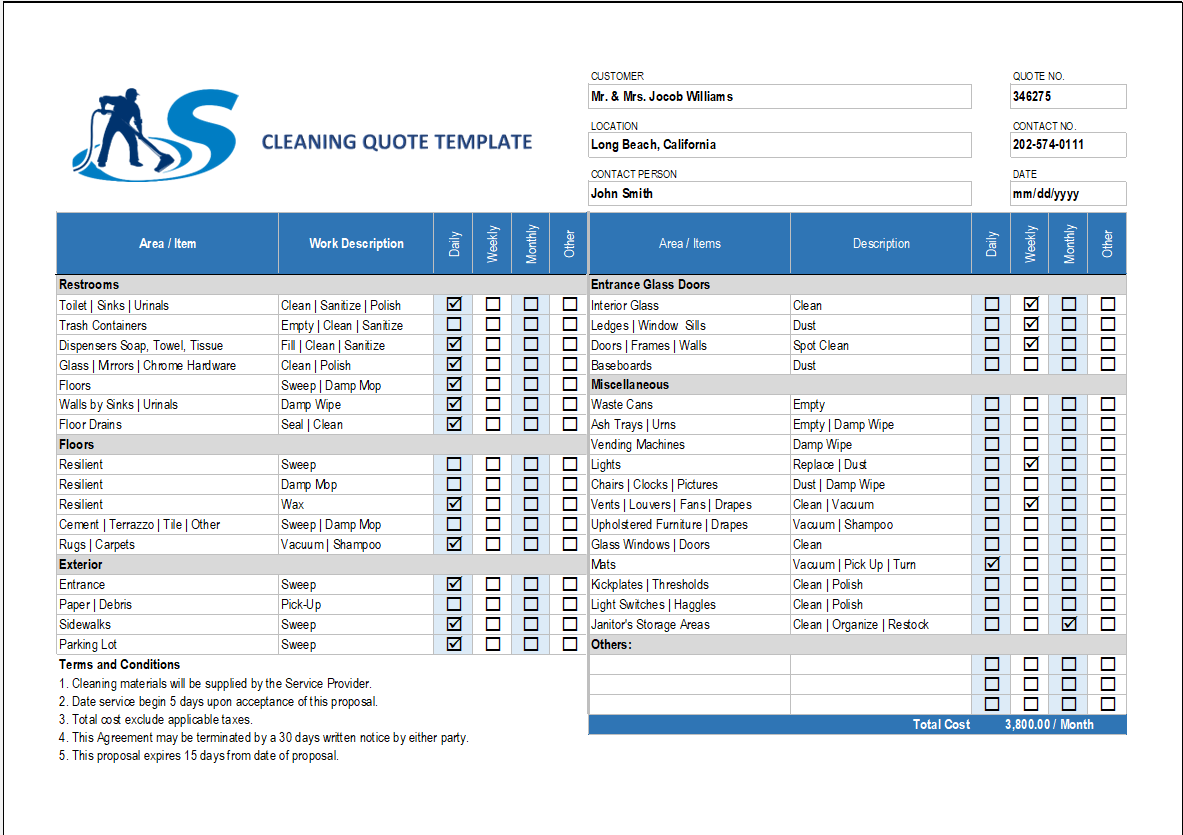A SWOT Analysis is a structured brainstorming and evaluation tool used to identify your internal Strengths and Weaknesses and external Opportunities and Threats. You can use a SWOT analysis prior to starting a business, to evaluate and grow your current business. You can also use it on a personal level to advance or change your career and improve your financial health.
SWOT analysis meaning
This spreadsheet will help your analysis and discussion stay organize and efficient. There are a variety of layouts depending on your preference. They can be printed and filled out by hand. You can display and edit the worksheet in real-time using a projector during your group discussion. The numbers for each area can be used to organize your team’s responses from most important to least. The “action items and goals” section helps you put your results into action.
The information, steps and suggestions listed below will help you use the SWOT analysis template effectively. The references listed at the bottom of the page (especially [1]-[4]) were useful to us in preparing this material, and may also help you learn more about how to apply a SWOT analysis effectively in your business.
SWOT Analysis Definition
What is SWOT Analysis?
A SWOT Analysis is a structured team brainstorming and evaluation tool used to identify your internal Strengths and Weaknesses and external Opportunities and Threats. The analysis helps you see the current state of your business or product, and then make informed goals and strategic plans for future success. You can also use it on a personal level to analyse your career or finances.
S: Strengths (Internal)
Strengths are the key things you do well that give you an advantage over the competition. Continuing to remember, build upon and augment your strengths may help maintain a competitive advantage.
W: Weaknesses (Internal)
Weaknesses are the things you don’t do well, or as well as the competition. This may hinder your success and growth. Identifying your weaknesses will allow you to make goals to minimize/mitigate them, turn them into future strength.
O: Opportunities (External)
Opportunities are changes occurring externally to your business that you could take advantage of, such as changes in regulations, social changes, or new products that don’t currently exist. Opportunities help you identify areas where you can grow – where to focus your time and resources.
T: Threats (External)
Threats are any external factors that could have a negative impact. These factors are likely out of your control, but your team should keep an eye on them and plan ways to mitigate their effects.
SWOT analysis of companies
SWOT (strengths, weaknesses, opportunities, and threats) analysis is a framework to evaluate a company’s competitive position and to develop strategic planning. It assesses internal and external factors, as well as current and future potential.
A SWOT analysis is designed to facilitate a realistic, fact-based, data-driven look at the strengths and weaknesses of an organization, initiatives, or within its industry. The organization needs to keep the analysis accurate by avoiding pre-conceived beliefs or gray areas and instead focusing on real-life contexts. Companies should use it as a guide and not necessarily as a prescription.







